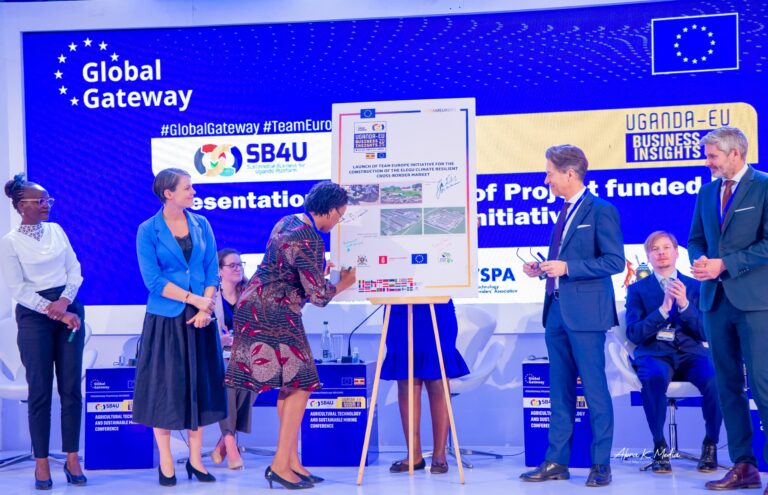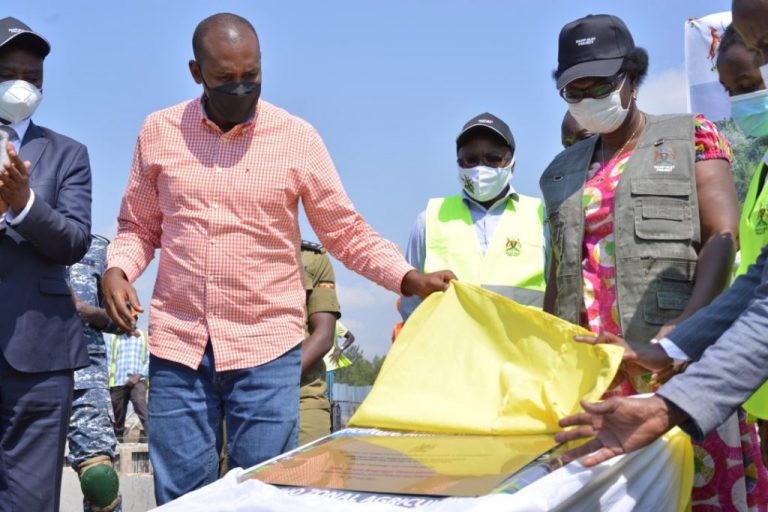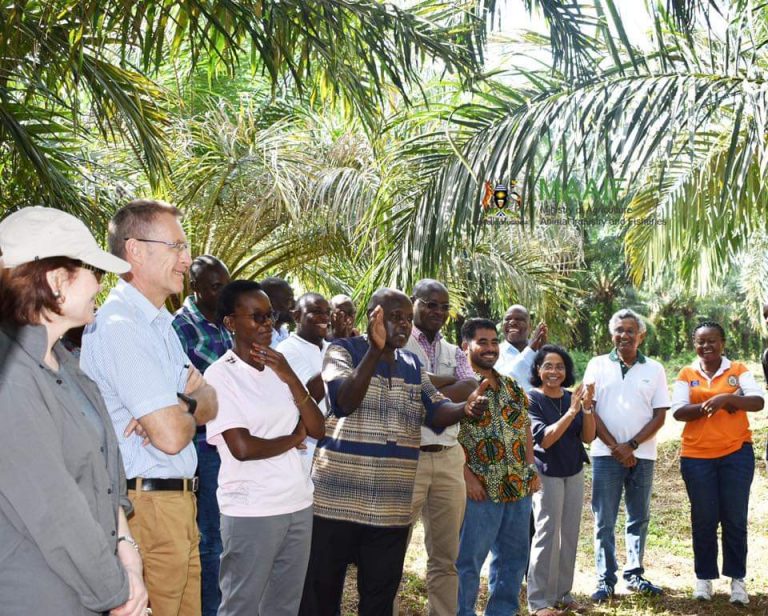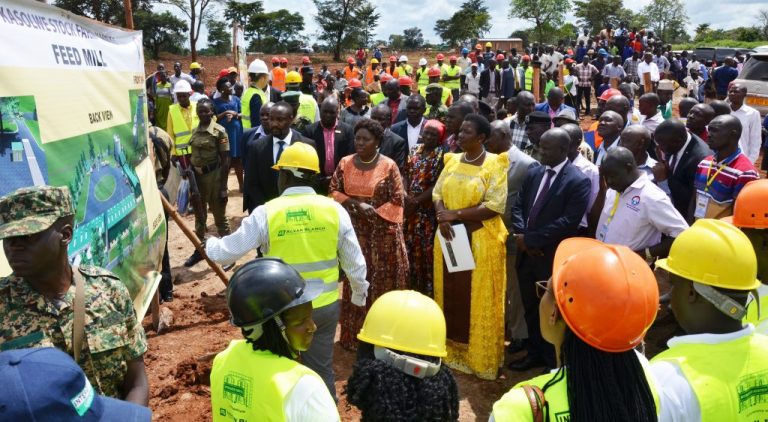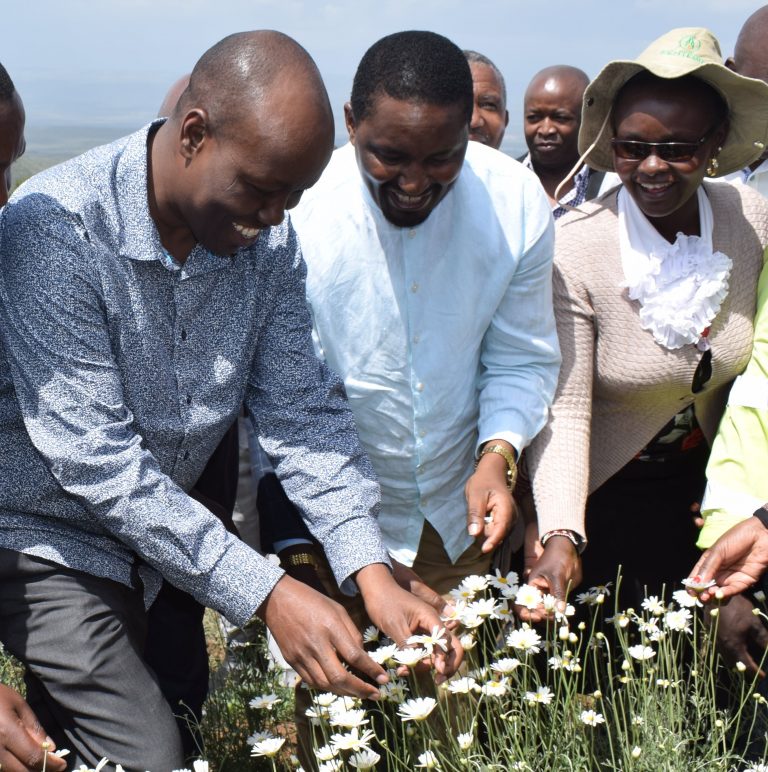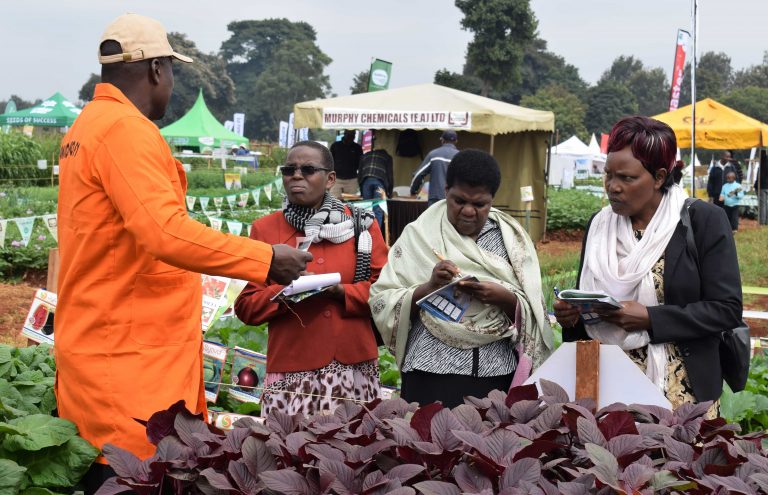The Lusenke Stock Farm will be providing an average of 30,000 chicks per week once its restoration is complete. The Stock Farm which is situated in Busana sub-county of Kayunga district in central Uganda and lies astride the River Nile is being carried out by the National Animal Genetic Resources Center and Databank (NAGRC&DB). The Stock Farm will serve as a center, providing improved and highly-productive animal breeds through the Community breeding programme that is being implemented in other parts of the country and training in livestock enterprise development. The districts of Kayunga, Buikwe, Buvuma, Mukono, Wakiso, Mpigi, Luweero, Nakaseke and Nakasongola are set to benefit from the completion of an upgrade of the 4,480-acre Lusenke Stock Farm.
NAGRC&DB which is the livestock sub-sector Agency of the Ministry of Agriculture Animal Industry and Fisheries has eleven (11) livestock farms and ranches situated in different agro-ecological zones with varying livestock production systems. These farms serve the purpose of breeding and availing to farmers’ quality breeding stock at affordable prices. However, due to past wars and civil strife, they were impacted negatively hence leading to loss of most of the stock and destruction of key farm infrastructure. In order to revitalize the Lusenke stock farm, the Lusenke Livestock Transformation Project (LULITRA) was designed.
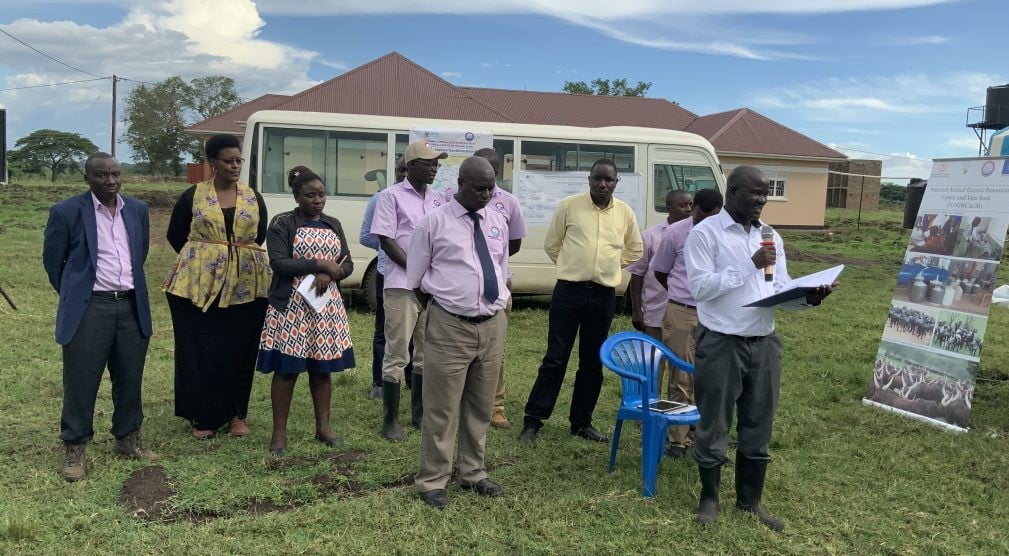
The project seeks to establish Lusenke Stock farm as a center of excellence, to among other aspects support the surrounding communities with quality livestock breeds as well as build their capacity to serve as reference points/ demonstration farms in aspects of animal production and farm management practices as well as export-oriented production for sustainable and profitable livestock enterprises.
According to the Ministry of Agriculture Animal Industry and Fisheries, the project commenced in July, 2019 and is expected to last for 5 years until June 2024. It is envisioned that by the end of the project people’s lives, especially smallholder livestock farmers would have been transformed through improved livestock production and productivity.
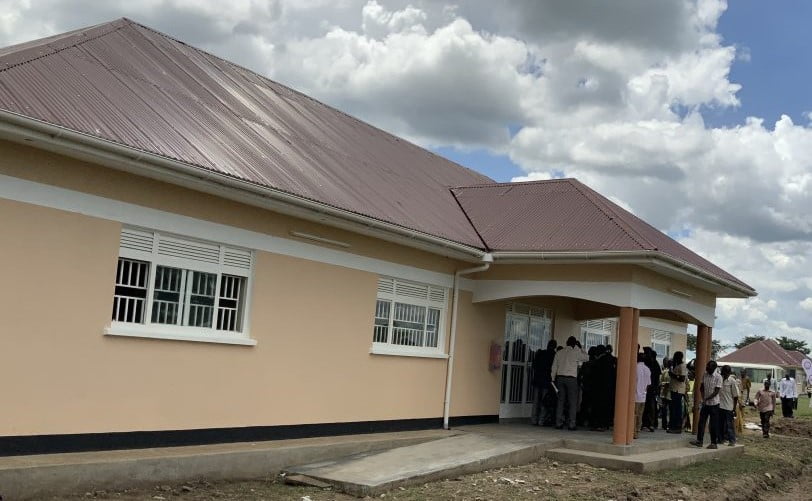
The project will be implemented in the North Buganda sub-region which is part of the central region in Buganda. The project area, North Buganda has 22% of the population living below the poverty line in comparison to 5.9% in Kampala.
Furthermore, the average household monthly income in the project area is UGX 463,288, slightly higher than the national average of 416,000 but lower than for Kampala at 985,000.
The project aims at addressing the following constraints according to the Ministry;
- Shortage of Livestock numbers and Low Livestock Productivity
- Endemic Diseases
- Inadequate feed resources i.e. quality and quantity
- Scarcity of Water for Livestock
- Inadequate Infrastructure for Livestock production
- Poor Livestock Market Information Network
Inadequate skills and knowledge by the breeding workforce at sub county level.
The target beneficiaries for the project are farmers involved in livestock production in the nine districts that make up the project area. Farmers in the districts around the project will be categorized into nucleus and small holder farmers for the different enterprises. Their categorization will depend on the herd/flock size, land acreage, willingness to participate in the project activities, availability of appropriate livestock management infrastructure at their farms and ability to engage in massive fodder production.
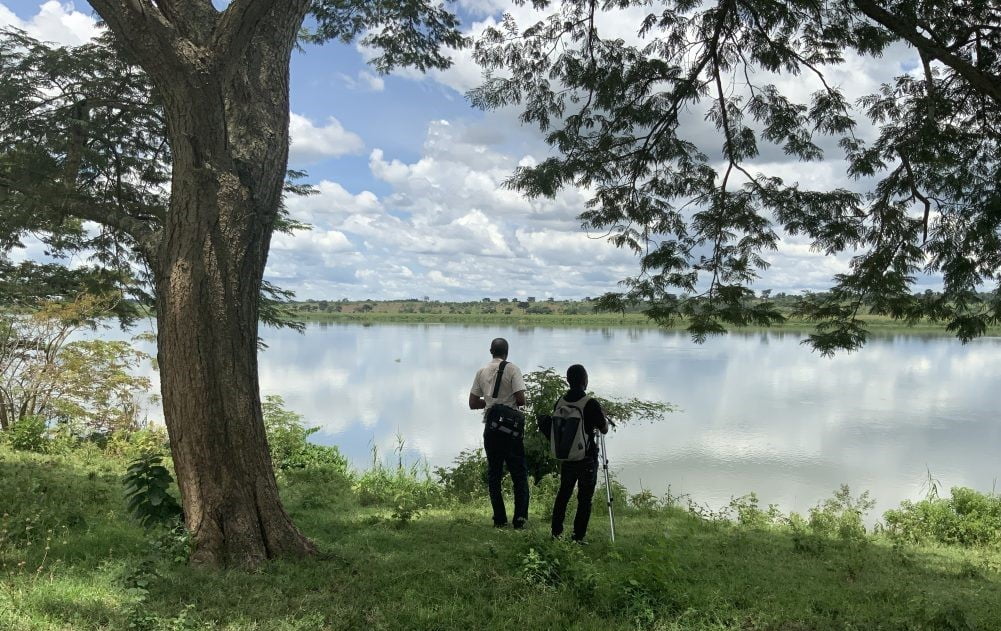
The project will support nucleus farms with the necessary inputs and breeding materials as well as train them in improved animal husbandry practices through the existing extension system. The small holder farmers who are the prime target of this project will benefit through formation of clusters around the selected nucleus farmers in each district. The small holder farmers will depend on the nucleus farmers to access high quality animal genetics.



